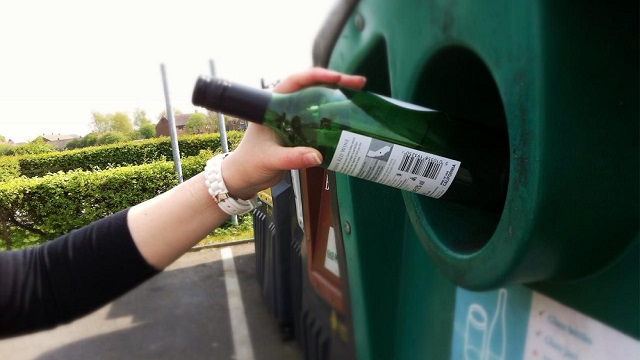
How do glass bottles affect the environment
Glass bottles have long been a staple in packaging various beverages and products, favored for their durability and recyclability. However, it’s crucial to delve into the environmental impact of glass bottles to make informed choices about consumption and disposal. In this article, we will explore how glass bottles affect the environment and what steps can be taken to minimize their ecological footprint.
Resource Intensity:
While glass is a natural material, the production of glass bottles requires substantial resources. The extraction of raw materials, such as silica, soda ash, and limestone, contributes to habitat disruption and energy consumption. Understanding the resource intensity involved in glass production is essential for assessing its overall environmental impact.
Energy Consumption:
The manufacturing process of glass bottles is energy-intensive, involving high temperatures for melting raw materials. This reliance on energy sources, often non-renewable, contributes to carbon emissions and air pollution. The transportation of heavy glass bottles also adds to the energy footprint, especially when products are transported over long distances.
Transportation Emissions:
Glass bottles are heavier than alternative packaging materials, such as plastic or aluminum. This weight increases transportation-related emissions during distribution. The carbon footprint of transporting glass bottles, especially over extended distances, should be considered when evaluating their overall environmental impact.
Recycling Benefits:
One positive aspect of glass bottles is their recyclability. Glass can be recycled endlessly without losing quality, making it a sustainable choice when managed correctly. Recycling glass reduces the need for raw materials, energy consumption, and greenhouse gas emissions associated with the production of new glass.
Recycling Challenges:
While glass is recyclable, challenges exist in the recycling process. Contamination from non-recyclable materials or different colors of glass can complicate the recycling stream. Additionally, the collection and transportation of glass for recycling can be energy-intensive, affecting the overall efficiency of glass recycling systems.
Landfill Impact:
When glass bottles are not properly recycled, they contribute to landfill waste. Unlike some other materials, glass does not decompose, taking up space in landfills indefinitely. This underscores the importance of effective recycling programs and public awareness to reduce the environmental impact of glass bottle disposal.
Reusability and Upcycling:
Encouraging the reuse of glass bottles can mitigate their environmental impact. Glass bottles can be repurposed for various applications, from storage containers to creative DIY projects. By extending the lifecycle of glass bottles through reusability and upcycling, we can reduce the demand for new production.
Consumer Awareness and Behavior:
Consumer choices play a significant role in mitigating the environmental impact of glass bottles. Opting for products with minimal packaging, choosing locally produced goods to reduce transportation emissions, and actively participating in glass recycling programs are ways individuals can contribute to a more sustainable approach. Understanding the environmental impact of glass bottles is crucial for making informed decisions that align with sustainable practices. While glass has its challenges, its recyclability and potential for reuse offer opportunities to minimize its ecological footprint. By promoting responsible consumption, recycling awareness, and exploring alternative packaging solutions, we can collectively work towards a more environmentally friendly future.







-
-
9 月
Tagged Glass Bottles Guide, Glass Jars, glass liquor bottles